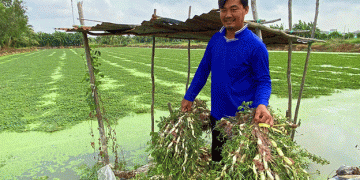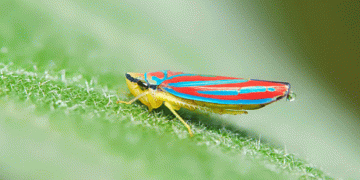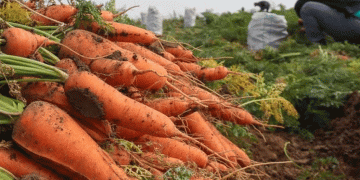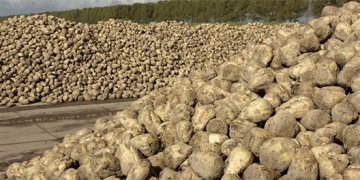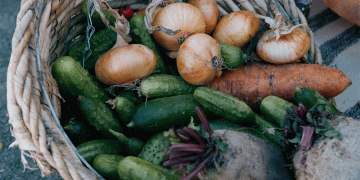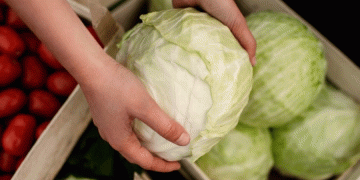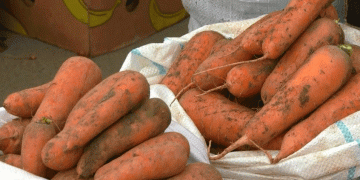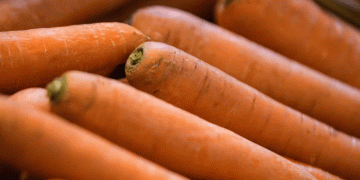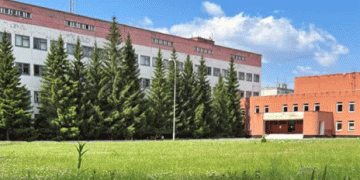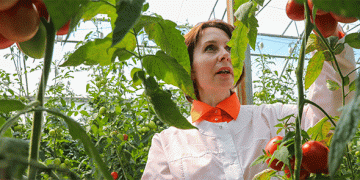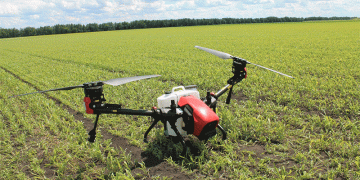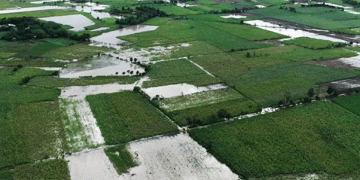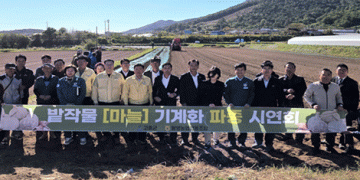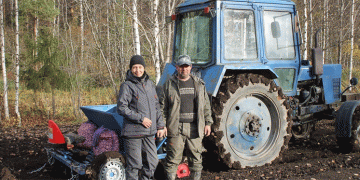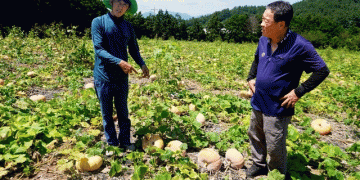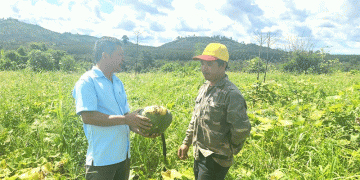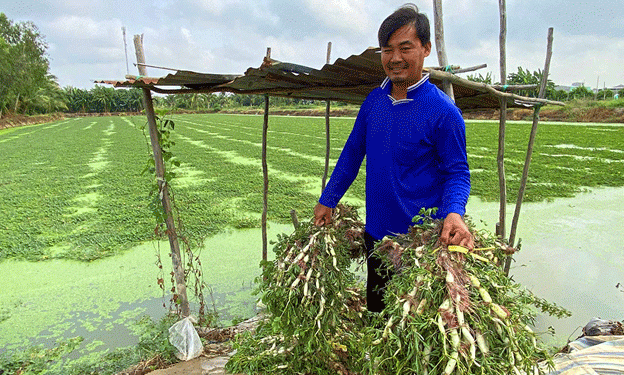Across rural areas of An Giang Province, Vietnam, a quiet transformation is taking place in the red-mud ponds and old fish farms. Farmers like Lê Văn Thống and Lê Văn Hồ are turning the once-overlooked rau nhút (aquatic mimosa or Neptunia oleracea) into a reliable, daily source of income—thanks to its fast growth, minimal input requirements, and high demand from local markets.
From Wild Weed to Water-Farmed Crop
Traditionally, rau nhút grew wild along ditches, canals, and swamps, harvested in handfuls during field work. Today, farmers have begun intensively cultivating the aquatic vegetable in man-made ponds and repurposed fish tanks. The plant’s floating stems and nutrient-absorbing roots make it particularly well-suited to pond environments, including those previously used for catfish (cá tra) and gourami (cá thát lát cườm) farming.
Case Study: Lê Văn Thống’s 6,000 m² pond
- Daily harvest: 100–200 kg
- Selling price: 8,000–12,000 VND/kg (~$0.32–$0.48 USD/kg)
- Income per harvest day: 800,000–2,000,000 VND (~$32–$80 USD)
- Annual pond lease: 20 million VND (~$800 USD)
- Harvest method: Hand-picked early each morning, bundled, and sold directly to buyers at the pond edge
To sustain yields, Thống employs natural pest control by introducing duckweed (bèo cám) into the water. The dense duckweed coverage deters leaf- and stem-eating insects like thrips and helps reduce the need for pesticides. The rau nhút itself, with its buoyant stem structures, thrives in this floating ecosystem—producing tender, market-ready shoots overnight.
Market Demand and Profitability
According to trader Nguyễn Văn An, 5–10 tonnes of rau nhút are sold daily to wet markets in Vĩnh Long, Cần Thơ, and Ho Chi Minh City, with restaurants and street food vendors being the primary buyers. The market has proven resilient year-round, with peak prices during Tet holidays due to high consumption in traditional dishes.
Farmers like Lê Văn Hồ, who switched from catfish to aquatic mimosa farming, now harvest 80–100 kg daily from 5,000 m², earning around 500,000 VND/day (~$20 USD) after costs. Over the year, Hồ nets a profit of 100 million VND (~$4,000 USD)—enough to sustain his family and cover school fees.
Neighboring farmers Anh Giòn and Anh Việt have also adopted the model, reporting annual profits exceeding 100 million VND, all while making productive use of ponds that once stood idle.
Low Input, High Return
Rau nhút is:
- Resilient to pests (especially with duckweed integration)
- Easy to propagate using stem cuttings tied to strings anchored in ponds
- Continuously harvested, providing near-daily income
- Well-adapted to nutrient-rich water—especially near aquaculture systems
This ease of cultivation and minimal input cost—no chemical fertilizers, no irrigation infrastructure—makes rau nhút a highly accessible crop for smallholder farmers.
The revival of rau nhút as a cultivated crop represents a brilliant convergence of tradition, resource efficiency, and market savvy. With a stable supply chain and simple production methods, farmers across Vietnam are proving that even small, underutilized water bodies can become engines of rural economic resilience. For others in aquaculture or looking to repurpose idle land, aquatic mimosa offers a floating opportunity worth exploring.
